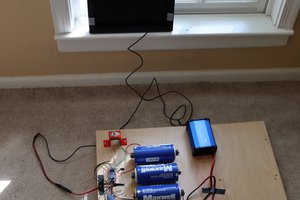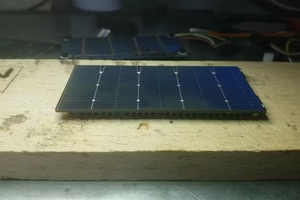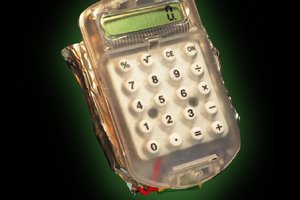Join the WhatsApp group here.
The problem
Nowadays, installing solar photovoltaic panels on big city buildings is limited to the roof area of the building. This means little power generation capabilities for energy savings when considering each individual apartment.
The idea
The idea of this "Smart Home Solar Power Management" Project is to develop simple components and accessories that enable easy, "for dummies" kind of installation of solar photovoltaic cells. For that to happen is required installation of additional wiring in the apartment electrical network. Staring with a 5V DC wire, suitable for most small home appliances such as vacuum cleaners, smartphones, tablets, and any other smart device or technology. And another with 12V DC suited for computers, gaming consoles, and OLED TV displays.
Energy storage methodology follows a decentralized architecture of installation, where each individual room or compartment has its own "independent" battery storage up to 40.000mAh. All connected to any Smart Home device I made available on my Github.
The solar panels can be assembled in a Lego-style kind of way. Due to the reduced photovoltaic solar cells, can be assembled into any shape or area. For instance glass door windows and doors. For instance in a terrasse or a terrasse exterior wall regardless of floor area shape..
Manual assembly of a solar panel
For this 1st iteration i picked up all kinds of materials i had lying around in my home to assemble my very first solar panel . I used a piece of wood as support for a total of 10 solar cell tiles soldered in series (see the photo below)

The very first assembly of solar cells in series to output 5V DC
This required me to view and study many videos on YouTube on how to solder this kind of polycrystalline solar cells until i was able to assemble them without breaking. This solar cells are very fragile and break very easily. On top it requires learning the max amount of strength one can put when handling the solar tiles.

Solar Cells are very fragile and break easily
Assembly of a Battery storage system: "power wall"
I also had to assemble a small "power wall" for testing the solar panels. For that i used a battery charging module with a TP4065 IC connected to two 18650 LiPo batteries. In the photo below is possible to see 3 already connected and storing electricity and one disconnected at the bottom.,

Final look of the 18650 LiPo battery storage system "power wall"
Conclusions
this 1st iteration my biggest "surprise" was the fact solar cells still produce electricity even when broken. The corners at where the tile is most fragile and break even without you notice it. Because of that, is important to train and adjust the amount of strength put into it for handing them.
Next:
The second prototype iteration of this same project, advances into the next milestone. Design and prototype a support to make the fragile solar cells stronger and to protect them from breaking when handing and installing. Here's the link to the article.
 Miguel Tomas
Miguel Tomas

 Mike Rigsby
Mike Rigsby

 Tom Farnell
Tom Farnell